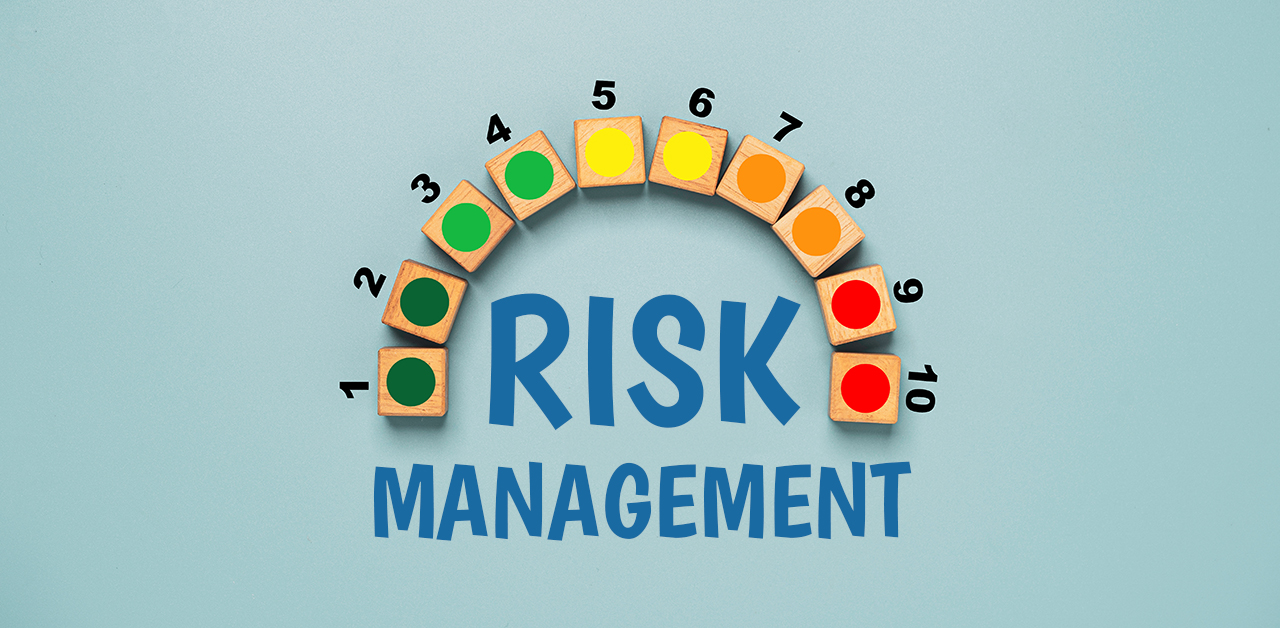
There are many pressing issues IT leaders are likely to face in the next year or two. Here are just a few:
Resistance to change – how to positively implement change.
As an IT leader, it’s your job to ensure that your business is on the cutting-edge of technology. Unfortunately, most people are uncomfortable with change – and the larger the change, the less comfortable people are with it. There are several common reasons why people resist change.

For instance:
When it comes to new technology, such as automation, people often fear job displacement
New tools require new skills, and oftentimes, people don’t want to learn new things
If managers fail to communicate the reason for a change effectively, employees can grow distrustful
Resisting change should not necessarily be viewed as an act of rebellion. In many instances, it is simply due to issues such as poor communication or a lack of training. Communicating the reasons for a change project, offering ample training, and explaining how employees will benefit from change can all help transform resistance into support.
Obtaining buy-in for IT investments – establishing successful working partnerships
Executive support is crucial for the success of any business initiative, including digital initiatives. Obtaining that buy-in, however, can be an issue for IT Leaders, particularly since other executives don’t always understand the value of new technology.

It is up to IT Leaders to overcome this problem by:
Educating other executives on the value of digital technology
Making a business case for the financial potential of IT
Developing and communicating detailed plans when making a proposal
Committing to lead digital transformation efforts
Establishing working partnerships with other executives is one of the best ways to obtain buy-in. Learning to speak their language and speaking to their needs can help IT Leaders build a fruitful, collaborative relationship – which should increase the likelihood of earning their support.
Managing risk – resilience strategy
The more that IT leaders invest in digital projects, the more they must assess and mitigate risk. IT Leaders should work closely with risk management professionals to design plans focused on:

Disaster recovery
Risk assessment and mitigation
Cybersecurity
Business continuity
All of these plans should tie into the organizational resilience strategy, a comprehensive approach for mitigating business risks and reducing the impact of disruptions.
Building a digital workplace – collaboration
The modern workplace has become digital and it will only become more digital-centric in the years to come. IT Leaders will be instrumental in transforming the workplace and ensuring that employees stay productive. It is important to recognize, however, that the digital workplace should consist of several components, including:

Digital tools and software
A digitally savvy workforce
Digital workflows
Mindset and a corporate culture that are technology-driven
An IT Asset Disposition (ITAD) plan
Without the right skills and mindset, it doesn’t matter what software or hardware a company has – it will never be fully utilized. To minimize issues that arise from transforming the workplace, IT Leaders should work closely with HR, training managers, department leaders and an ITAD to design a digital adoption strategy that can be implemented across the business. With the right onboarding and training strategy, it will be much easier to build a workplace that is future-proofed and digital-first.
To learn more about ITAD and how it can help in your digital workplace, please contact us to start a conversation.


